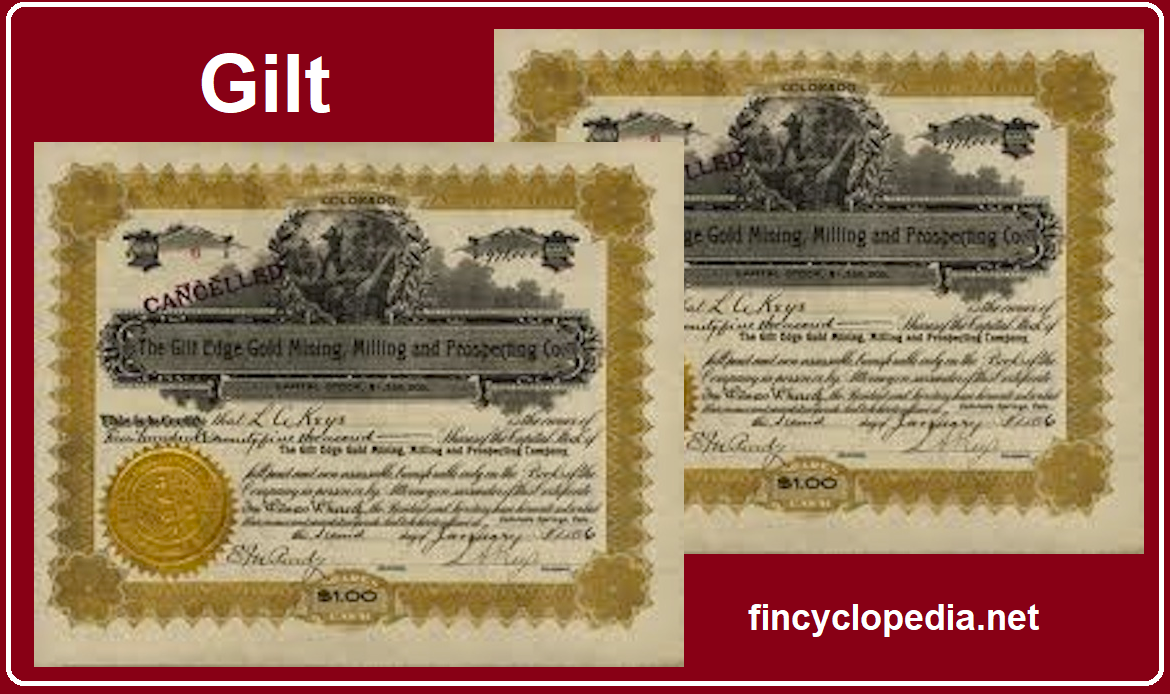In relation to credit spreads (in credit spread swaps, credit spread options, etc.), it is the difference between the credit spread and the option or underlying option’s strike price. The strike price is specified for each and every payoff interval over the course of the option’s life. The buyer of the swap or option pays an upfront premium in return for the possibility of gaining a payoff that would compensate for the credit risk involved (the credit risk associated with the underlying credit).
This spread also refers to the asset swap spread (par spread) which is, by definition, a spread that is usually paid (when necessary) by the seller of an asset swap, in addition to a floating interest rate (such as LIBOR) to the buyer in return for payment (by the buyer) of the coupons distributed by the swap’s underlying bond. In other words, the floating-rate coupon is determined as a spread (ASW) over LIBOR.
Like any other spread, it serves as a price indication (actually, it is the price of the asset swap). The asset swap allows market participants that are obliged to pay LIBOR-based funding to receive the asset swap spread (ASW). Therefore, this spread depends on the credit risk of the underlying bond asset.





